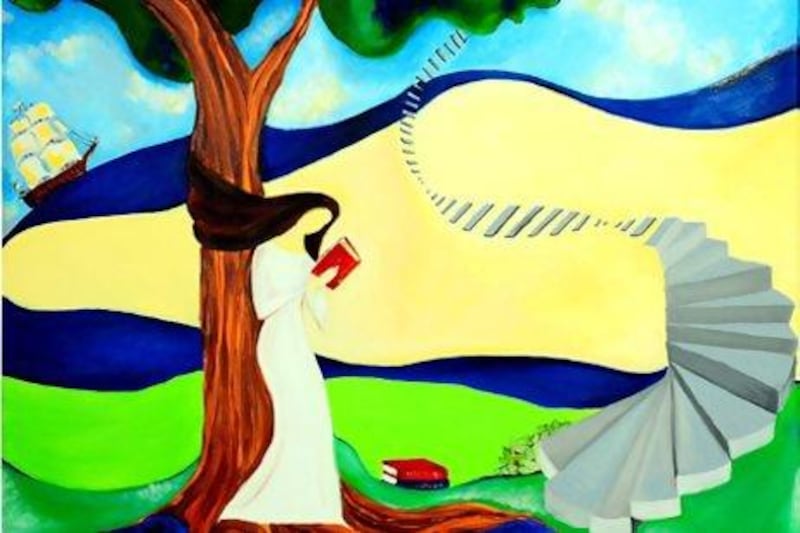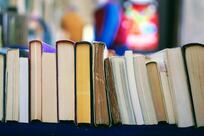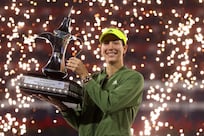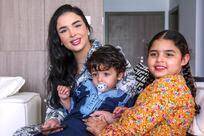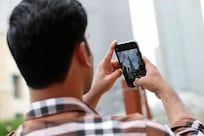Just what does it mean to be a modern Muslim woman?
Muslima, a new online exhibition launched earlier this spring, aims to answer that question by providing a platform for Muslim women across the globe to share their voices through curated art, film, writing and audio clips.
Produced by the International Museum of Women (IMOW), an online museum founded in San Francisco, Muslima hopes to shatter the mostly negative generalisations that surround Muslim women and instead celebrate their diversity.
Samina Ali, a writer, artist and activist who lives in California, is curating the exhibition. She says: "All too often, Muslim women are seen as weak, powerless and subjugated. We wanted to reverse those stereotypes and allow Muslim women to speak themselves about their own lives."
Muslima(meaning a female believer) is the culmination of several months work. Ali has worked tirelessly behind the website to interview influential Muslim women, such as the Nobel Peace Prize winner Dr Shirin Ebadi; the US state department's special representative to Muslim communities Farah Pandith; and Zainah Anwar, the founder of the women's rights group Sisters in Islam in Malaysia (all the interviews appear on the exhibition's website).
In the online art gallery, the Yemeni photographer Boushra Almutawakel showcases her controversial Hijab series, in which she photographs a mother and daughter and slowly covers them up until they are shrouded in black. The Arab-American painter Helen Zughaib's pop art paintings portray a hijabi Wonder Woman while a film by the Iranian multimedia artist Haleh Jamali shows a woman in a black sheet dancing abstract shapes to the sound of silence. Each artist is different, but every piece of work is powerful.
IMOW partnered with three international museums to help select many of the artists featured, including the Sharjah Museum of Islamic Civilisation. So far, more than 200 women have submitted their stories, poetry, music clips, fiction and photography; that figure is expected to grow as the website stays live until the end of this year.
"All the contributors have their diversity in common. Muslim women are often seen as a homogenous group," says Ali. "But the differences are much more interesting. All these women express themselves differently."
Haafiza Siddiqui Sayed, who lives in Dubai, was selected by the Sharjah Museum to be involved with Muslima. Her painting, called the Invisible Muslima, shows a faceless woman standing beneath a tree, her hair billowing behind her.
"My Muslima is among the millions of unsung and often ignored Muslim women in global societies," she explains. "These are women that are strong, liberated, awakened in all senses, exercising their rights and voicing their opinions. They are empowered, and how they dress does not solely define who they are or what they can achieve."
Sayed says it was important to her to take part, so as to assert Muslim women's individuality. "Even if just a small percentage of the world wide audience sees Muslim women in a different light after this exhibition, then it's a huge step forward."
Maaida Noor is a contemporary artist and calligrapher from Pakistan who now lives in the UK. She feels that many women aren't aware of their Islamic rights and hopes Muslima will educate both non-Muslims and Muslims alike. "There are still many women who have not been given their rights because of a lack of education, but things are changing," she says. "Muslim women face a lot of challenges, but there are many hard-working women in Pakistan for example who are helping to bring about a revolution in women's rights."
For Ali, Muslima is undoubtedly a feminist exhibition. "All the women featured are actively engaged in their passions and pursuits - which is what feminism means to me."
To date, Muslima has received at least three million visits online. New curated submissions are added to the site constantly, which Ali says is one of the many benefits of being a virtual exhibition, housed on the internet rather than in an actual museum. "By its very nature, the exhibition reaches everyone globally - women in rural India have the same access to it as someone sitting in San Francisco," she says. "Because it's virtual, it cuts across barriers to bring people together, regardless of location, language, faith and economic background. No one pays a fee."
Ali hopes Muslima might move from a virtual to a physical exhibition one day. In the meantime, she hopes simply that visitors to the site might recognise that Muslim women are more than what western media often makes them out to be. "These women are vibrant, courageous, talented and engaged beings," she says. "They just so happen to also be Muslim."
The Muslima exhibition can be viewed online at muslima.imow.org/
